Home>Garden Essentials>How Long Does A Seed Last
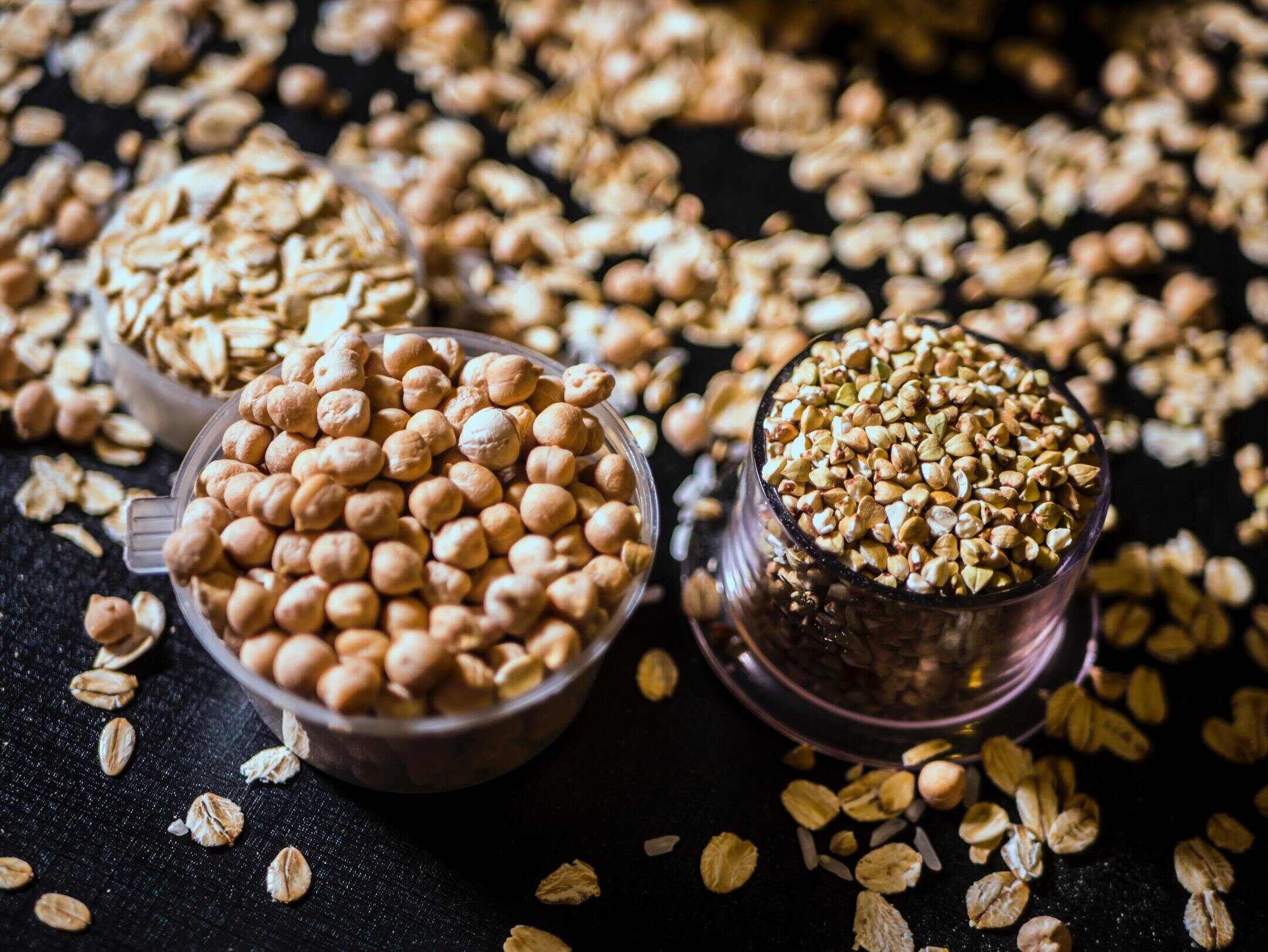

Garden Essentials
How Long Does A Seed Last
Modified: March 21, 2024
Discover how long a garden seed can last and ensure the longevity of your garden with our helpful tips and advice.
(Many of the links in this article redirect to a specific reviewed product. Your purchase of these products through affiliate links helps to generate commission for Storables.com, at no extra cost. Learn more)
Introduction
Welcome to the fascinating world of seeds! Seeds are not only the beginning of life for plants, but they also hold a wealth of possibilities and potential. As a gardener, it is essential to understand the lifespan of seeds and how to optimize their viability for successful germination. In this article, we will delve into the question of how long seeds can last and explore the factors that influence their longevity.
The lifespan of a seed is influenced by various factors, including the species of the plant, how the seeds are stored, and the overall health and vitality of the seed. Some seeds have the incredible ability to withstand extreme conditions and remain viable for many years, while others have a much shorter lifespan.
Understanding these factors will help you make informed decisions about seed storage and maximize the chances of successfully growing plants from your seed collection. So let’s dive in and discover the secrets behind the lifespan of seeds!
Key Takeaways:
- Seeds have different lifespans based on factors like type, maturity, and storage conditions. By understanding and optimizing these factors, gardeners can extend seed viability and increase successful germination.
- Proper storage, harvesting, and regular testing can help maximize the lifespan of seeds. With the right care, gardeners can unlock the full potential of their seed collection and enjoy a fruitful gardening experience.
Read more: How Long Does Bird Seed Last
Factors Affecting Seed Longevity
Several key factors influence the longevity of seeds. By understanding and managing these factors, you can significantly extend the viability of your seeds and increase the chances of successful germination. Here are the factors to consider:
- Seed Type: Different plant species have varying seed lifespans. Some seeds, known as orthodox seeds, have a natural ability to withstand desiccation and can remain viable for several years or even decades. Examples include tomatoes, beans, and lettuce. On the other hand, recalcitrant seeds, such as tropical fruit seeds, cannot tolerate drying and have a much shorter lifespan.
- Seed Maturity: Seeds should be harvested at the ideal maturity stage. Immature seeds may not develop properly, leading to reduced viability and shorter lifespans. On the other hand, overripe seeds may have reduced viability due to premature aging or fungal infections.
- Moisture Content: Proper moisture content is crucial for seed storage. Seeds with excessive moisture are prone to rot, while overly dry seeds may become brittle and lose their viability. Maintaining the appropriate moisture level, usually around 5-8%, is essential for optimal seed longevity.
- Temperature: Temperature plays a critical role in seed longevity. Cool temperatures, typically between 32°F (0°C) and 50°F (10°C), are ideal for seed storage. Lower temperatures slow down seed metabolism, preserving their viability. Conversely, high temperatures can accelerate seed aging and shorten their lifespan.
- Light Exposure: Most seeds are light-sensitive and should be stored in opaque containers to protect them from light. Exposure to sunlight or artificial light can trigger premature germination or degrade the seed’s viability over time.
- Oxygen Levels: While seeds require oxygen for respiration, high oxygen levels can also lead to accelerated aging. It is crucial to store seeds in containers that allow for proper air circulation while minimizing the entry of excess oxygen.
- Seed Health: Healthy seeds have a better chance of maintaining their viability. Seeds that are infected with diseases or pests may have a shorter lifespan. Take care to collect seeds from healthy plants and ensure they are free from any visible signs of damage or contamination.
By considering these factors and implementing proper seed storage practices, you can significantly extend the lifespan of your seeds and increase the success of your gardening endeavors. In the next section, we will explore the optimal conditions for seed storage in more detail.
Seed Storage Conditions
Proper storage conditions are crucial for maintaining seed viability and prolonging their lifespan. Providing the right environment for seeds will help preserve their germination potential. Here are some important considerations for seed storage:
- Temperature: As mentioned earlier, temperature plays a vital role in seed longevity. Most seeds prefer cool temperatures for storage. The optimal range is typically between 32°F (0°C) and 50°F (10°C). Avoid storing seeds in areas prone to temperature fluctuations or extremes, such as attics or basements.
- Humidity: Seeds should be stored in a low-humidity environment to prevent mold or rot. Ideally, the relative humidity for seed storage should be around 30-40%. Consider using desiccants like silica gel packets or rice to absorb excess moisture in the storage containers.
- Light: Seeds should be stored away from direct light. Exposure to light can trigger premature germination or lead to a decline in viability over time. Use opaque containers or place the seed packets in a dark corner of the storage area.
- Airflow: Proper air circulation is essential for seed storage to prevent the buildup of excess moisture and maintain a healthy environment. Ensure that the storage containers have small holes or use breathable materials like cotton bags or paper envelopes.
- Containers: Choose appropriate containers for seed storage. Avoid using plastic bags or containers that can trap moisture. Instead, opt for glass jars, metal tins, or resealable plastic bags specifically designed for seed storage. Label the containers with the seed type and date of collection for easy identification.
- Location: Select a suitable location for seed storage. Look for a cool, dry, and dark area in your home, such as a pantry or a basement closet. Keep the storage area away from potential sources of heat or moisture, such as heating vents or water pipes.
By following these seed storage conditions, you can create an optimal environment for your seeds, helping to maintain their viability and extend their lifespan. In the next section, we will explore the typical lifespan of common seeds and how to assess their viability.
Typical Lifespan of Common Seeds
The lifespan of seeds can vary greatly depending on the species and the specific conditions in which they are stored. While some seeds can remain viable for several years, others have a relatively short lifespan. Here are some examples of the typical lifespan of common seeds:
- Tomato Seeds: Tomato seeds are known to have a relatively long lifespan. When stored properly, they can remain viable for up to 4-6 years.
- Bean Seeds: Most bean seeds have a moderate lifespan. They usually remain viable for 2-3 years when stored in suitable conditions.
- Lettuce Seeds: Lettuce seeds have a relatively short lifespan compared to other crops. On average, they remain viable for 1-2 years, so it’s best to use them within this time frame.
- Carrot Seeds: Carrot seeds also have a shorter lifespan, typically lasting for 1-3 years. It’s advisable to use them sooner rather than later for optimal germination.
- Pepper Seeds: Pepper seeds, similar to tomato seeds, can have a longer lifespan. They can remain viable for up to 4-5 years when stored properly.
- Radish Seeds: Radish seeds have a relatively short lifespan, usually remaining viable for 1-3 years. It’s best to use them within this time frame for higher germination rates.
- Cucumber Seeds: Cucumber seeds have a moderate lifespan, typically remaining viable for 3-5 years when stored under suitable conditions.
- Squash Seeds: Squash seeds, including varieties like zucchini or butternut squash, can have a longer lifespan. With proper storage, they can remain viable for up to 4-6 years.
Remember that these lifespans are just averages and can vary depending on the specific variety, seed quality, and storage conditions. It’s always a good idea to perform a germination test before sowing older seeds to assess their viability.
In the next section, we will explore strategies for extending seed viability and maximizing the chances of successful germination.
Store seeds in a cool, dry place to extend their lifespan. Some seeds can last for several years if stored properly. Check the specific seed’s recommended storage conditions for best results.
Strategies for Extending Seed Viability
To maximize the viability of your seeds and increase the chances of successful germination, it’s important to employ strategies that help extend their lifespan. Here are some effective strategies to consider:
- Proper Harvesting: Harvest seeds at the right stage of maturity. Allow fruits to fully ripen and dry before collecting seeds. Avoid harvesting seeds from diseased or damaged plants.
- Dry Seeds Thoroughly: After harvesting, dry seeds thoroughly before storage. Spread them out in a single layer on a tray or screen in a well-ventilated area. Ensure they are completely dry before packaging.
- Clean and Sort: Remove any debris, chaff, or excess plant material from the seeds. Thoroughly clean and sort them to ensure only high-quality seeds are stored.
- Use Suitable Containers: Choose the right containers for seed storage. Opt for moisture-proof, airtight, and opaque containers to protect seeds from light, moisture, and air exposure.
- Add Desiccants: Consider adding moisture-absorbing desiccants to the storage containers. Silica gel packets or rice can help absorb excess moisture and maintain proper humidity levels.
- Label and Date: Clearly label each container with the seed type and the date of collection. This will help you keep track of seed age and viability.
- Store in Cool, Dark, and Dry Location: Find a cool, dark, and dry area for seed storage. Avoid places with fluctuating temperatures, direct sunlight, or high humidity. A cool pantry or a basement closet can be suitable options.
- Regularly Check Viability: Periodically perform germination tests to check the viability of your stored seeds. This will help you identify seeds that may have a lower germination rate and allow you to adjust your sowing plans accordingly.
By following these strategies, you can significantly extend the viability and lifespan of your seeds. Remember that while seeds may have a specific lifespan, proper storage and care can help prolong their viability beyond the average expectations.
In the next section, we will explore different methods to test seed viability and determine their germination potential.
Read more: How Long Does Grass Seed Last In Bag
Germination Testing Methods
Germination testing is an essential process to assess the viability and germination potential of your seeds. It helps you determine whether your stored seeds are still capable of sprouting and enables you to adjust your planting strategies accordingly. Here are a few common methods for testing seed germination:
- Paper Towel Method: This is a simple and popular germination test. Moisten a paper towel or a coffee filter with water and place a few seeds on it. Fold the paper towel or filter over the seeds and keep it in a warm location. Check regularly for germination and record the number of seeds that sprout within a specific time frame, usually 7-10 days.
- Soil Sowing Method: This method involves sowing a batch of seeds in seed trays or small pots filled with sterilized potting soil. Keep the soil consistently moist and maintain optimal temperature and light conditions for germination. Count the number of seeds that successfully germinate within the specified germination period.
- Float Test: This method is particularly useful for larger seeds. Fill a container with water and place the seeds on the surface. Healthy, viable seeds will sink to the bottom, while non-viable ones will float on top.
- Seedling Emergence Test: In this test, sow a certain number of seeds in prepared soil beds or raised beds. Monitor the emergence of seedlings over a specific period and record the percentage of seeds that successfully germinate and develop into healthy seedlings.
- Sowing in Seed Trays: Fill seed trays or cells with a seed starting mix and sow a few seeds in each cell. Ensure the mix stays consistently moist and provide suitable conditions for germination. Count the number of successfully germinated seeds after the specified germination period.
It’s important to follow the specific instructions for each germination testing method to obtain accurate results. Keep track of the number of seeds that germinate, and calculate the germination rate as a percentage. This will help you determine the viability and quality of your stored seeds.
Remember that germination rates can vary even for fresh, high-quality seeds. If the germination rate of your stored seeds is lower than expected, you may need to adjust your sowing density to compensate for potential low germination rates.
By regularly conducting germination tests, you can stay informed about the viability of your stored seeds and make informed decisions when planning your garden. In the final section, let’s summarize what we have learned and conclude our exploration of seed longevity.
Conclusion
Seeds are not only the beginning of life for plants but also hold the key to a fruitful and rewarding gardening experience. Understanding the factors that affect seed longevity and implementing proper storage techniques are crucial for maximizing seed viability and ensuring successful germination.
Factors such as seed type, maturity, moisture content, temperature, light exposure, oxygen levels, and seed health all play a role in determining the lifespan of seeds. By considering these factors and providing the optimal storage conditions, you can significantly extend the viability of your seeds.
Proper seed storage involves maintaining cool temperatures, low humidity, darkness, adequate airflow, and appropriate container selection. By following these storage conditions, you can create an environment that preserves the germination potential of your seeds for longer periods.
It’s also important to be aware of the typical lifespans of different seeds. While some seeds, such as tomatoes and peppers, can remain viable for several years, others, like lettuce or radish, have shorter lifespans. Regular germination testing helps you assess the viability of your stored seeds and adjust your planting strategies accordingly.
Additionally, implementing strategies such as proper harvesting, thorough drying, seed cleaning, suitable container usage, and regular viability checks contribute to extending seed viability and increasing the chances of successful germination.
By understanding the lifespan of seeds and implementing effective storage and testing methods, you can make the most of your seed collection and increase the success of your gardening endeavors.
So, embark on your journey as a seed steward, optimize seed viability, and unlock the full potential of your garden!
References
- Bewley, J.D., Bradford, K., Hilhorst, H., & Nonogaki, H. (2013). Seeds: Physiology of development, germination, and dormancy. Springer Science & Business Media.
- Ellis, R.H., & Hong, T.D. (2007). Seed longevity–moisture content relationships in hermetic and open storage. Seed Science Research, 17(03), 191-195.
- Engels, J.M.M., Visser, L., & Gepts, P. (2018). Handbook of Plant Genetic Resources. Cambridge University Press.
- Franklin, Drexler, J., Adams, C., Afrikanova, A., & Anderson, J. (2009). Longevity of bean seed (Phaseolus vulgaris L.) and lentil seed (Lens culinaris Med.) after storage in the Permafrost region of Yakutia. Journal of Siberian Federal University-Biology, 3(4), 431-442.
- Harrington, J.F., & Rutter, A.J. (1965). Germination of seeds of tomato at controlled relative humidities. Australian Journal of Biological Sciences, 18(5), 935-947.
- Huang, H., Jana, S., Li, W., & Suttle, J.C. (2003). Conservation of seed longevity in the lettuce germplasm collection of the US genebank. Crop Science, 43(4), 1519-1526.
- Ranwala, A.P., & Miller, T.E. (2008). Seed longevity and dormancy state in relation to seed bank dynamics of dwarf dandelion (Krigia virginica) populations. Weed Science, 56(2), 236-244.
- Simons, R. (2012). Saving seeds: The gardener’s guide to growing and storing vegetable and flower seeds. Timber Press.
Please note that this is not an exhaustive list of references, but rather a compilation of sources that have provided valuable insights into the topic of seed longevity and storage. Further research is encouraged to explore the subject in greater depth.
Frequently Asked Questions about How Long Does A Seed Last
Was this page helpful?
At Storables.com, we guarantee accurate and reliable information. Our content, validated by Expert Board Contributors, is crafted following stringent Editorial Policies. We're committed to providing you with well-researched, expert-backed insights for all your informational needs.
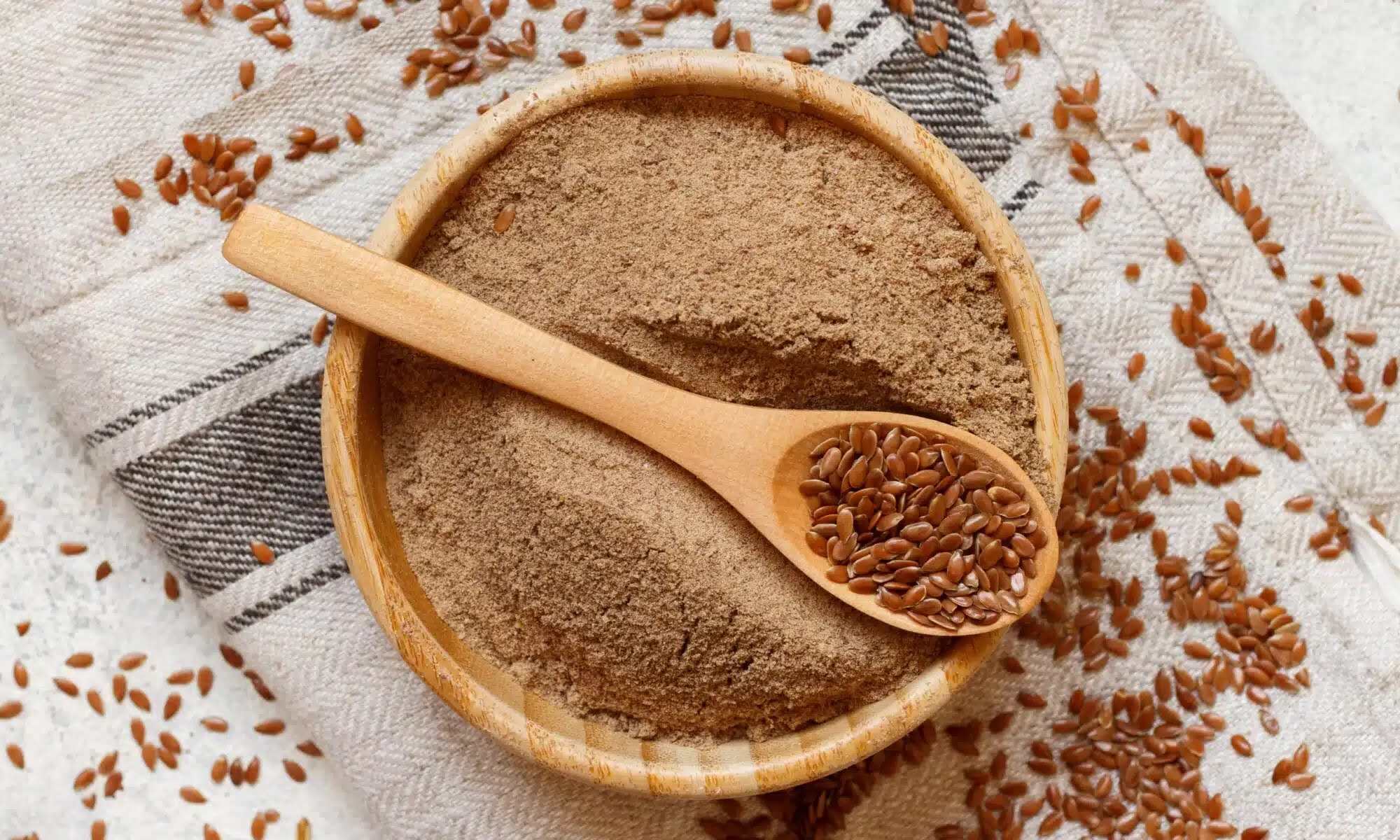
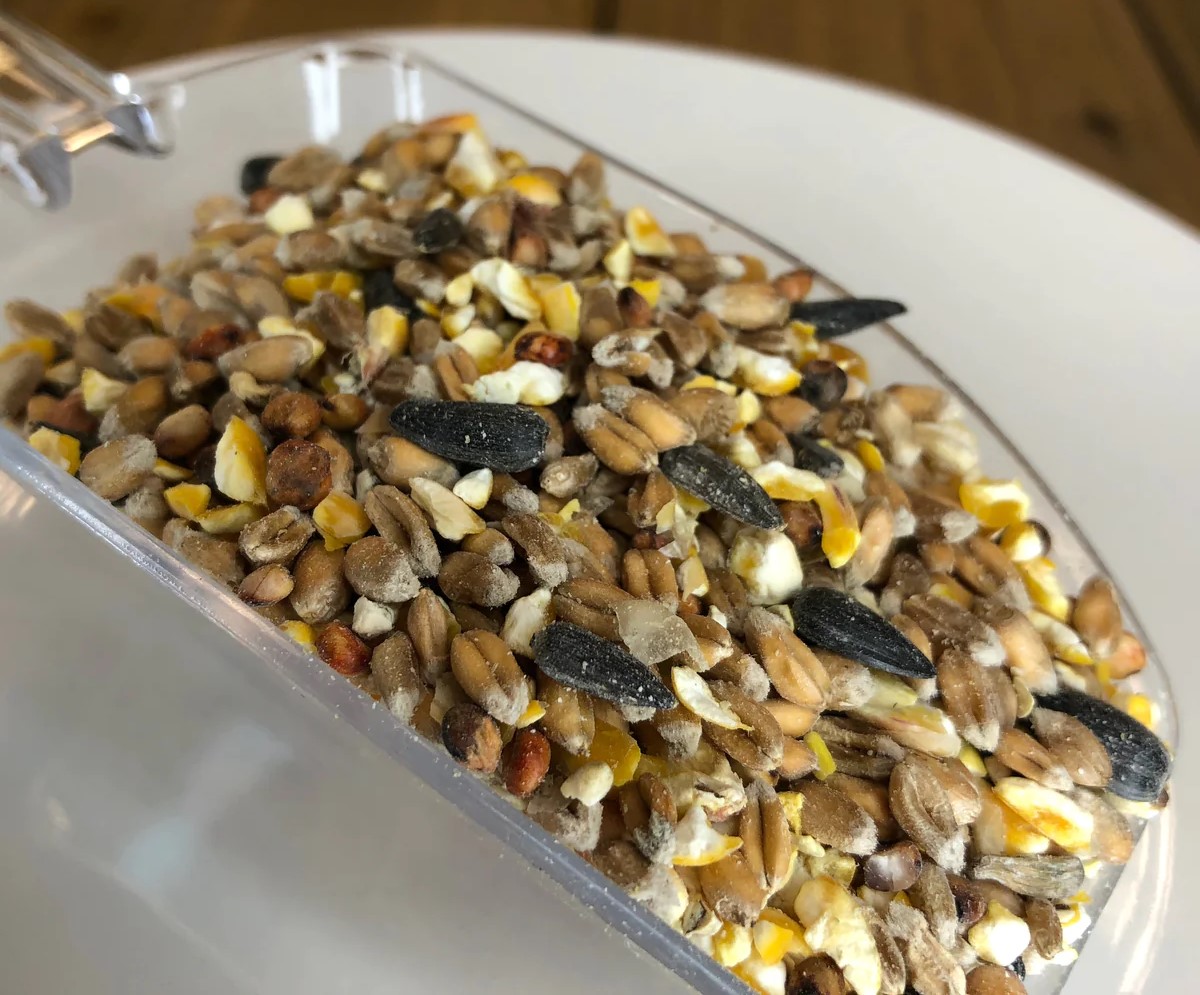
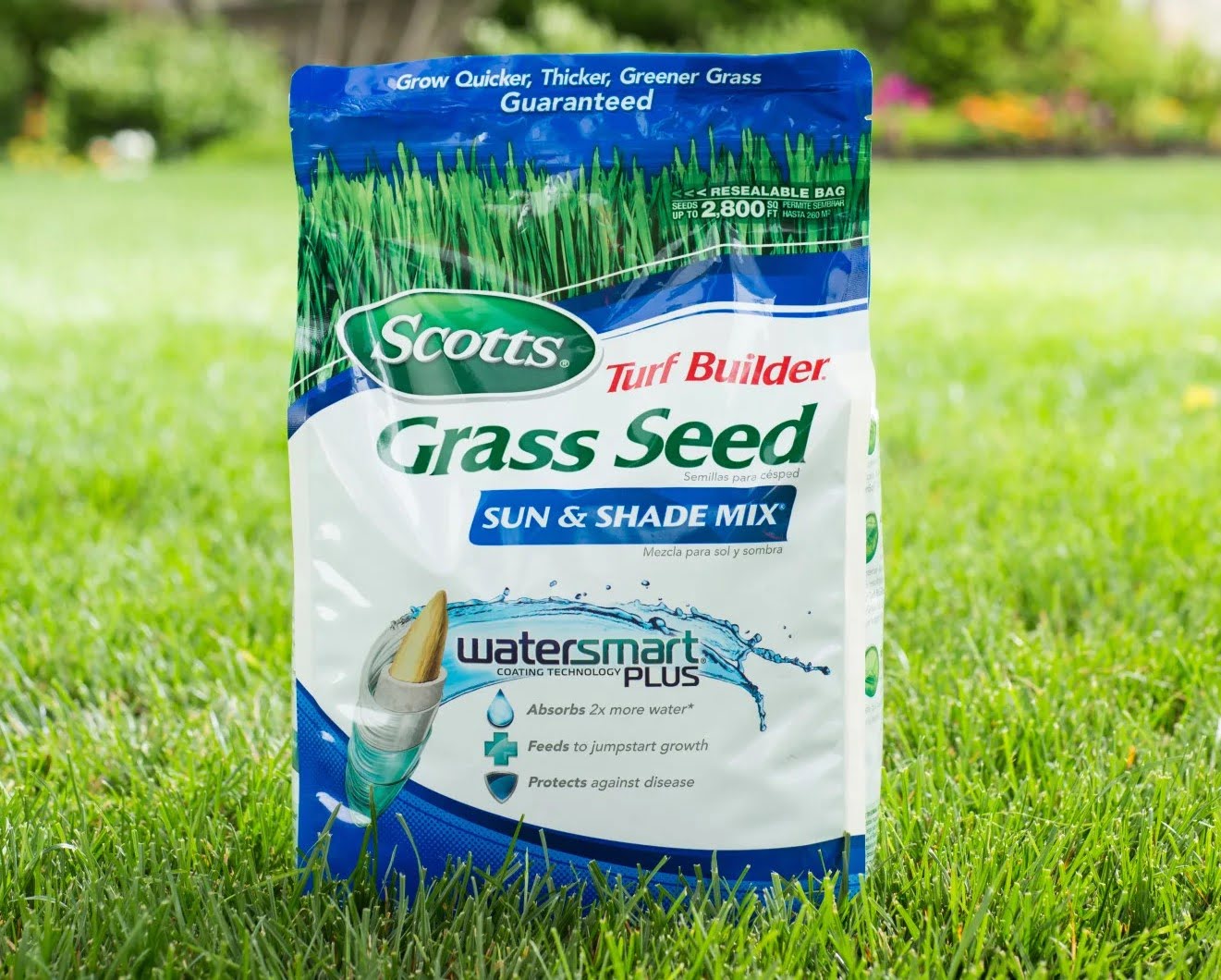
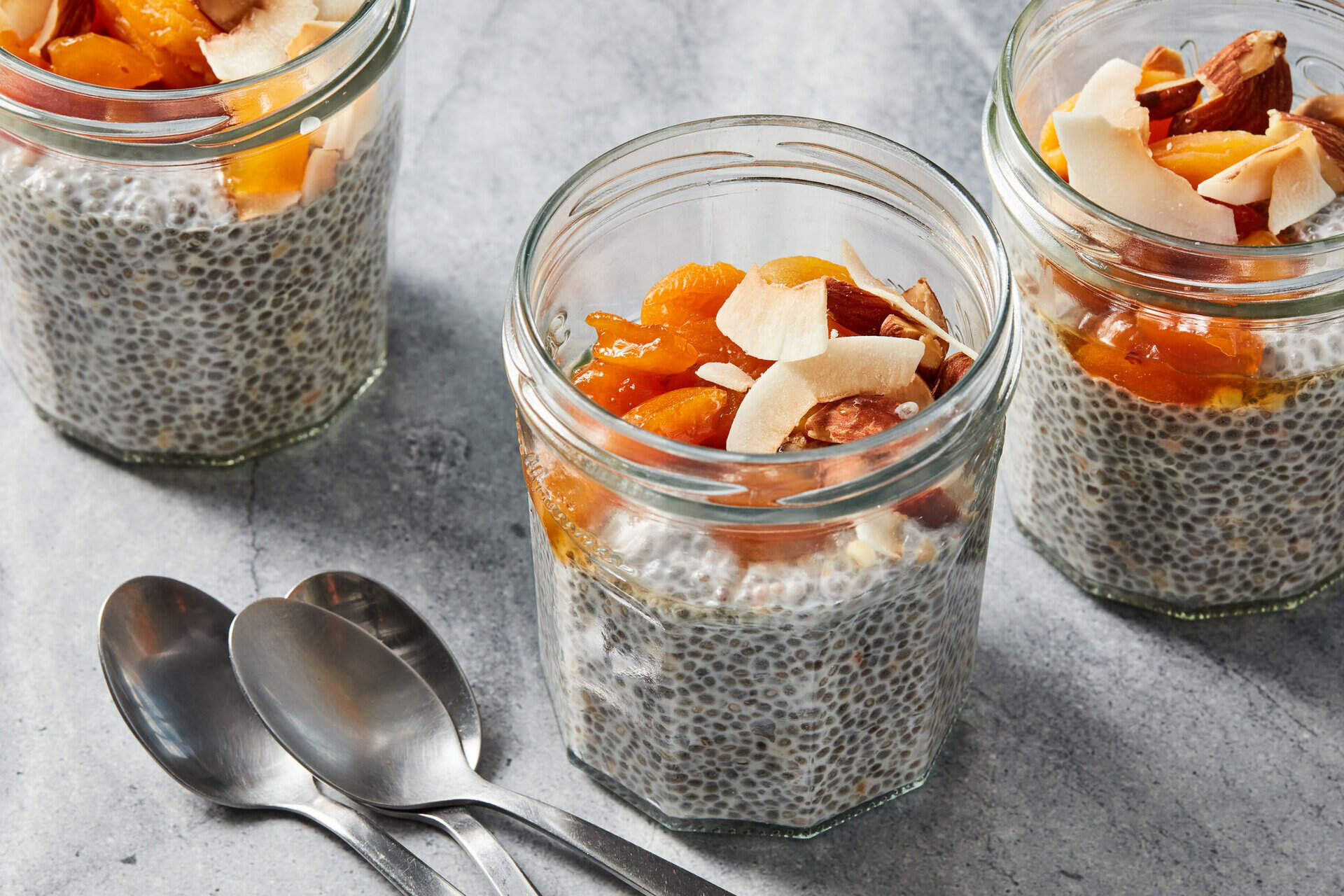
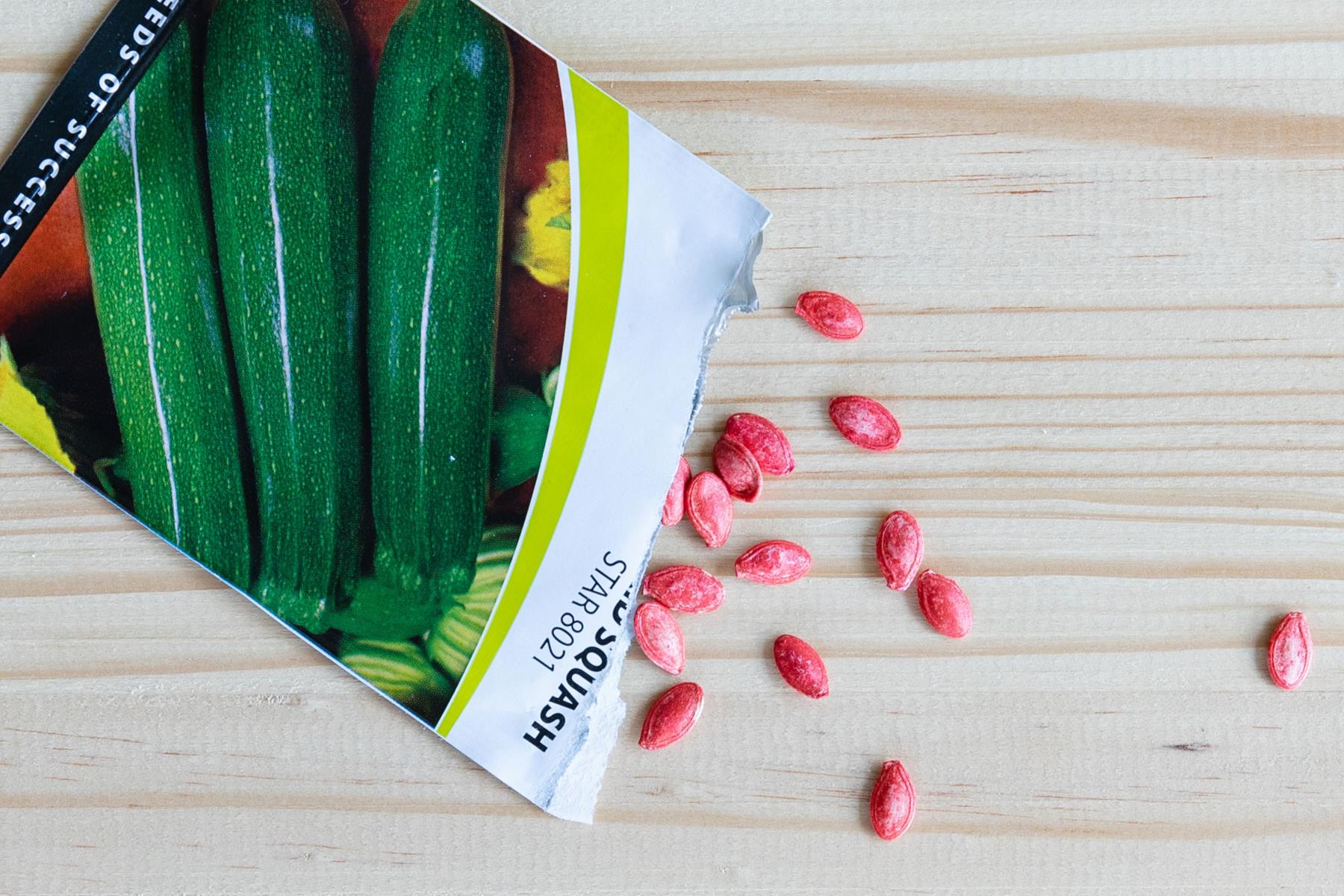
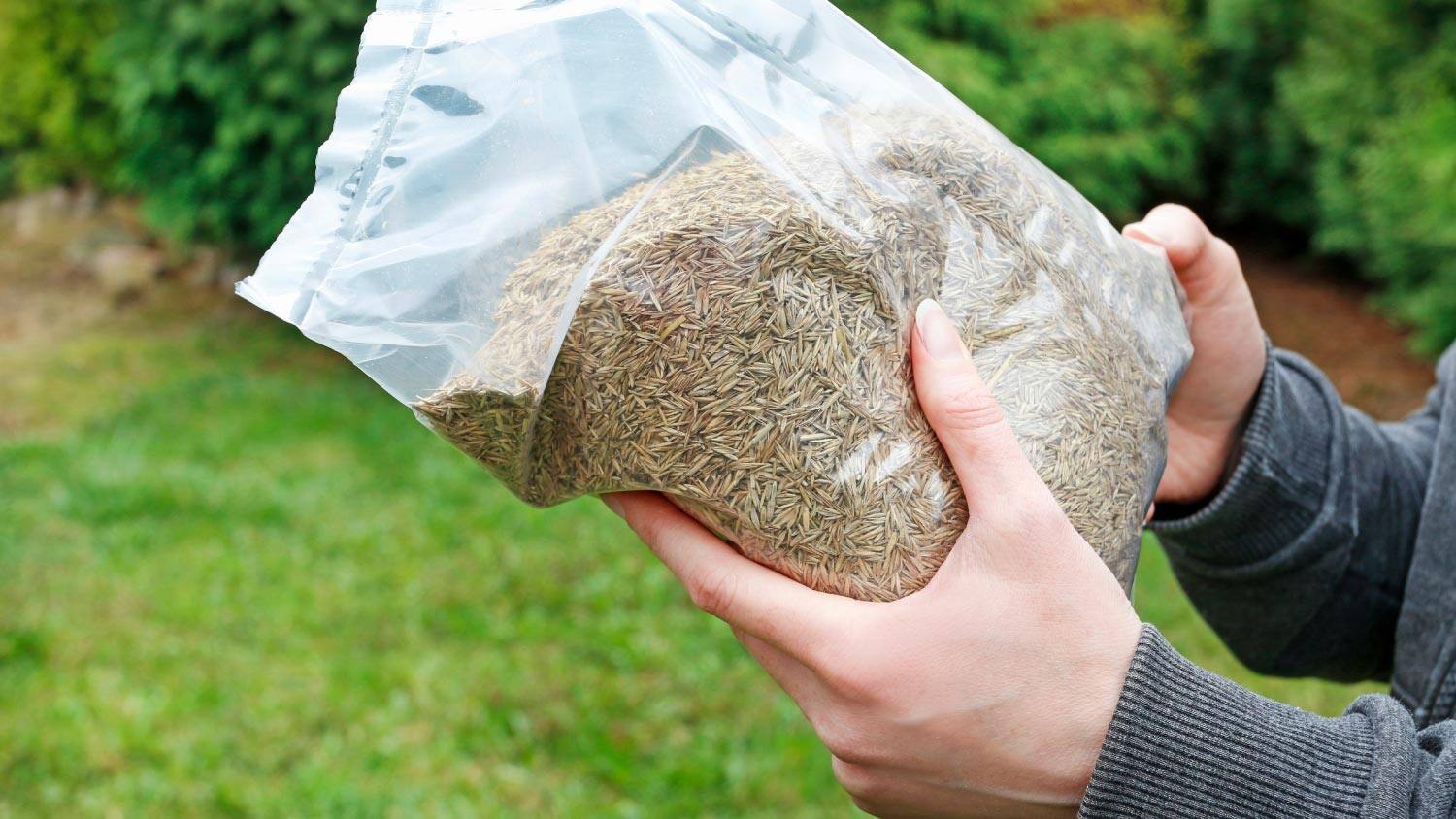
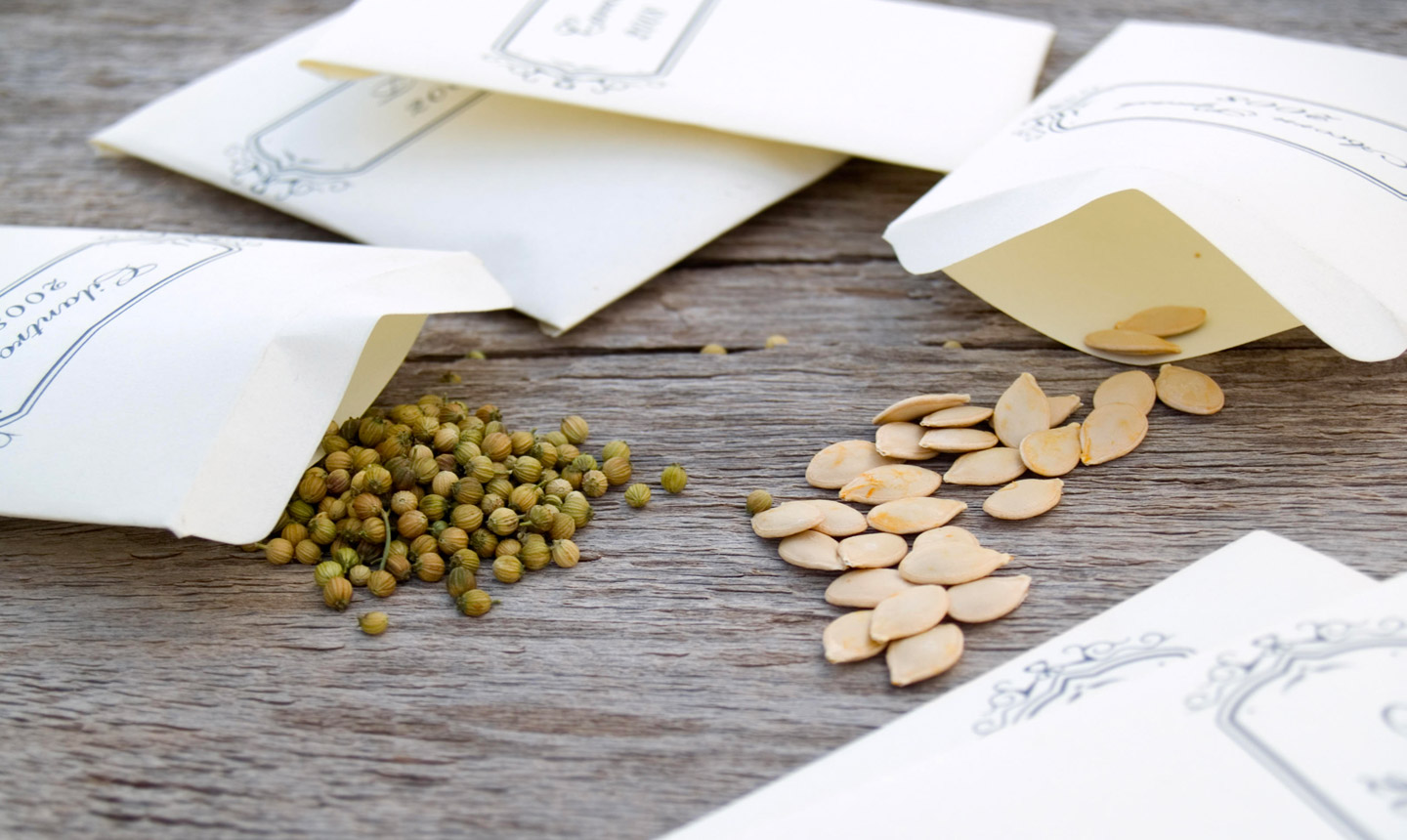
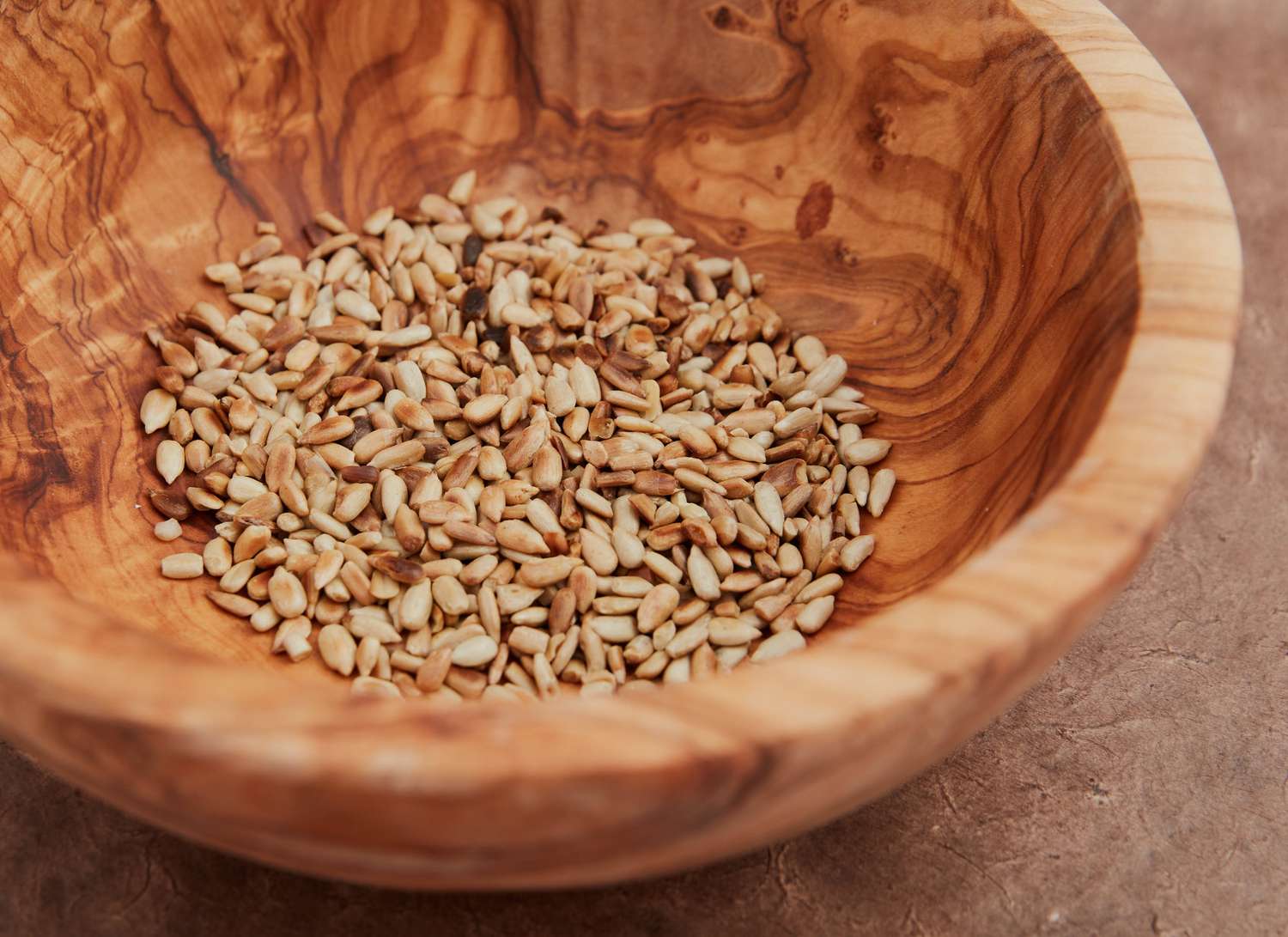
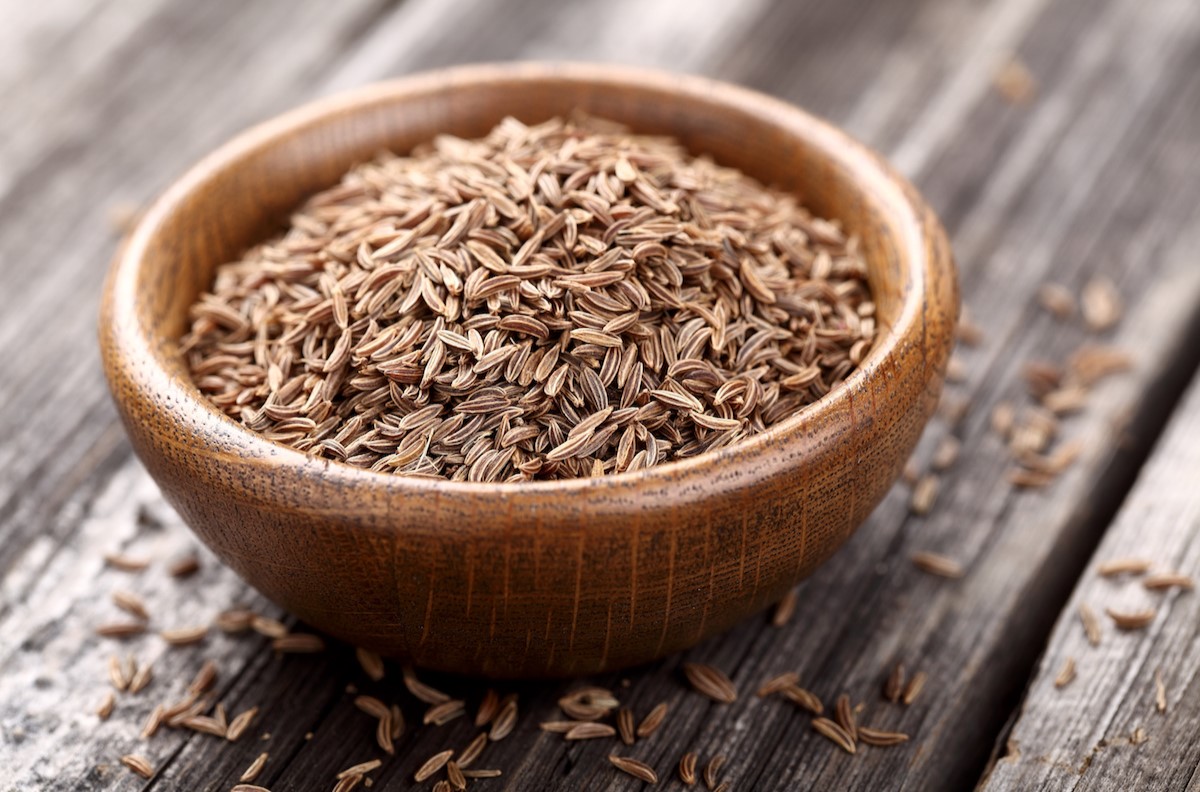
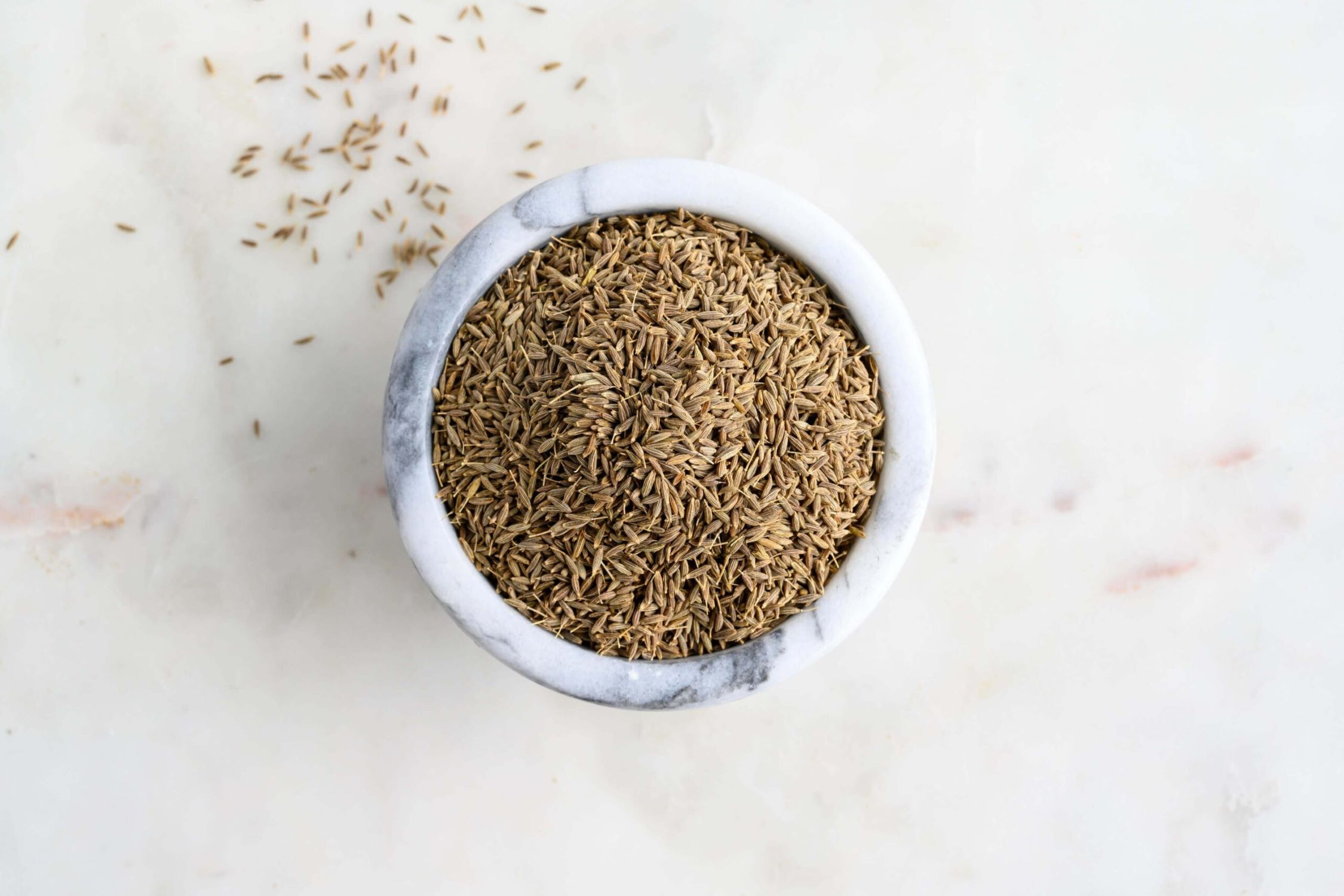
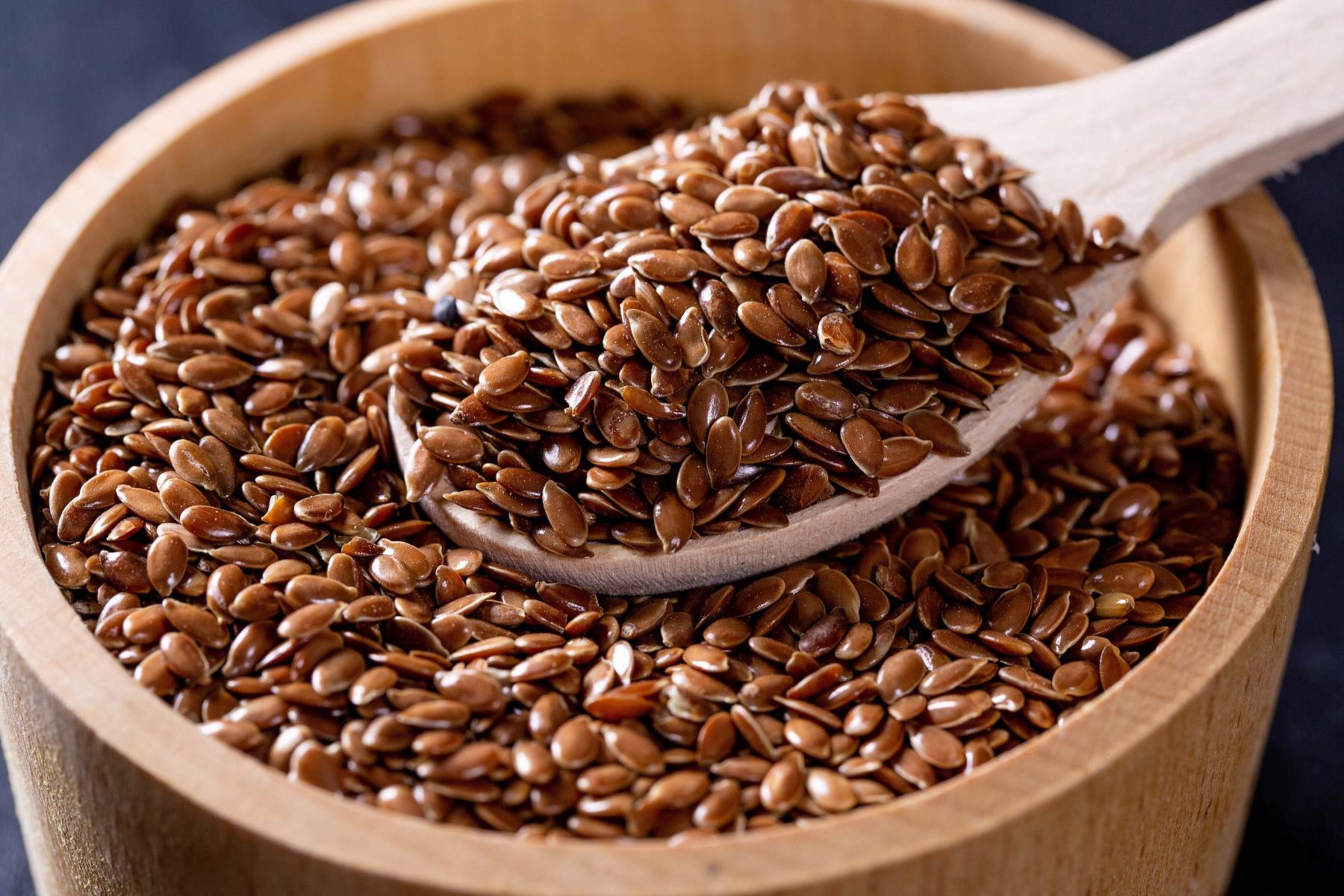
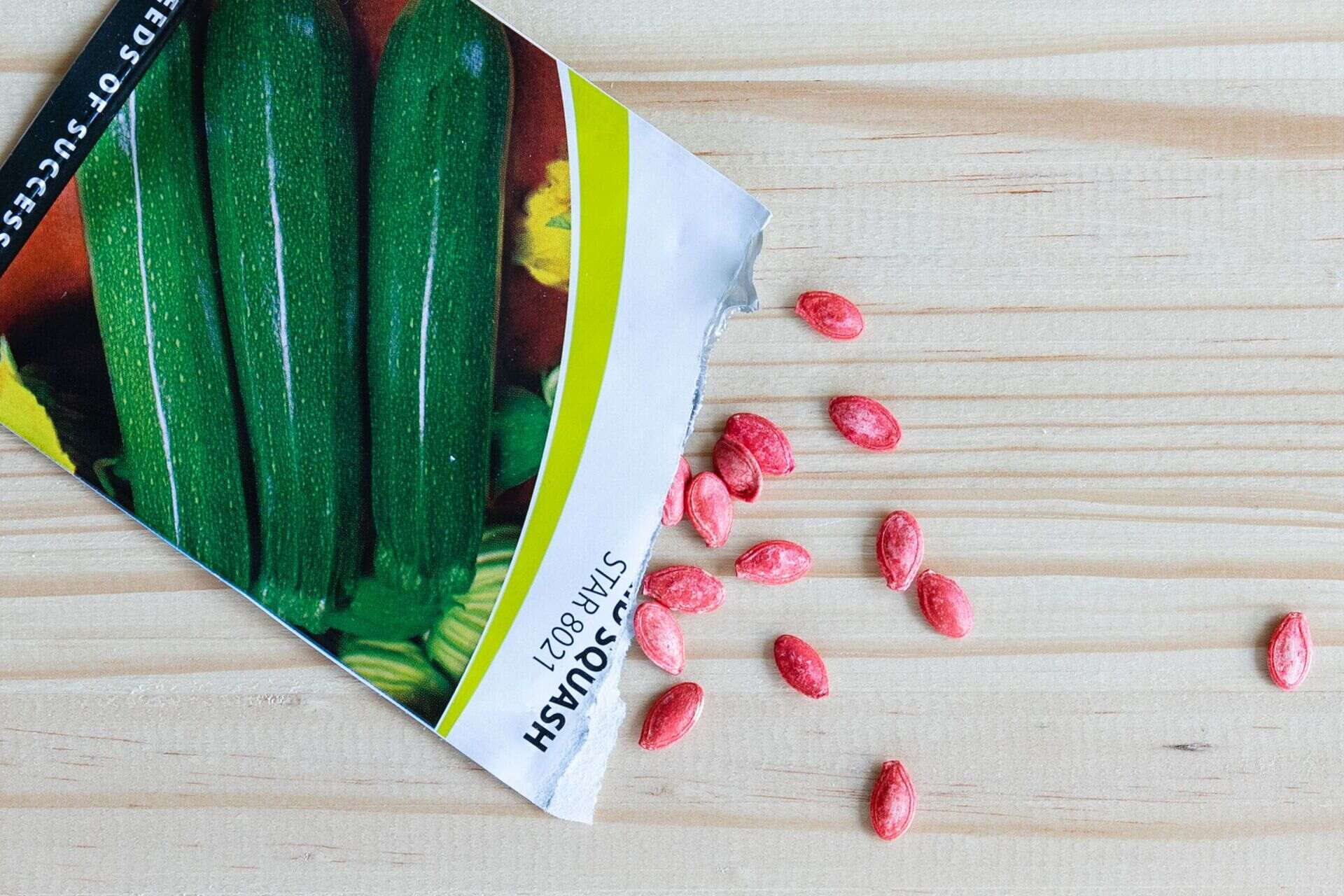
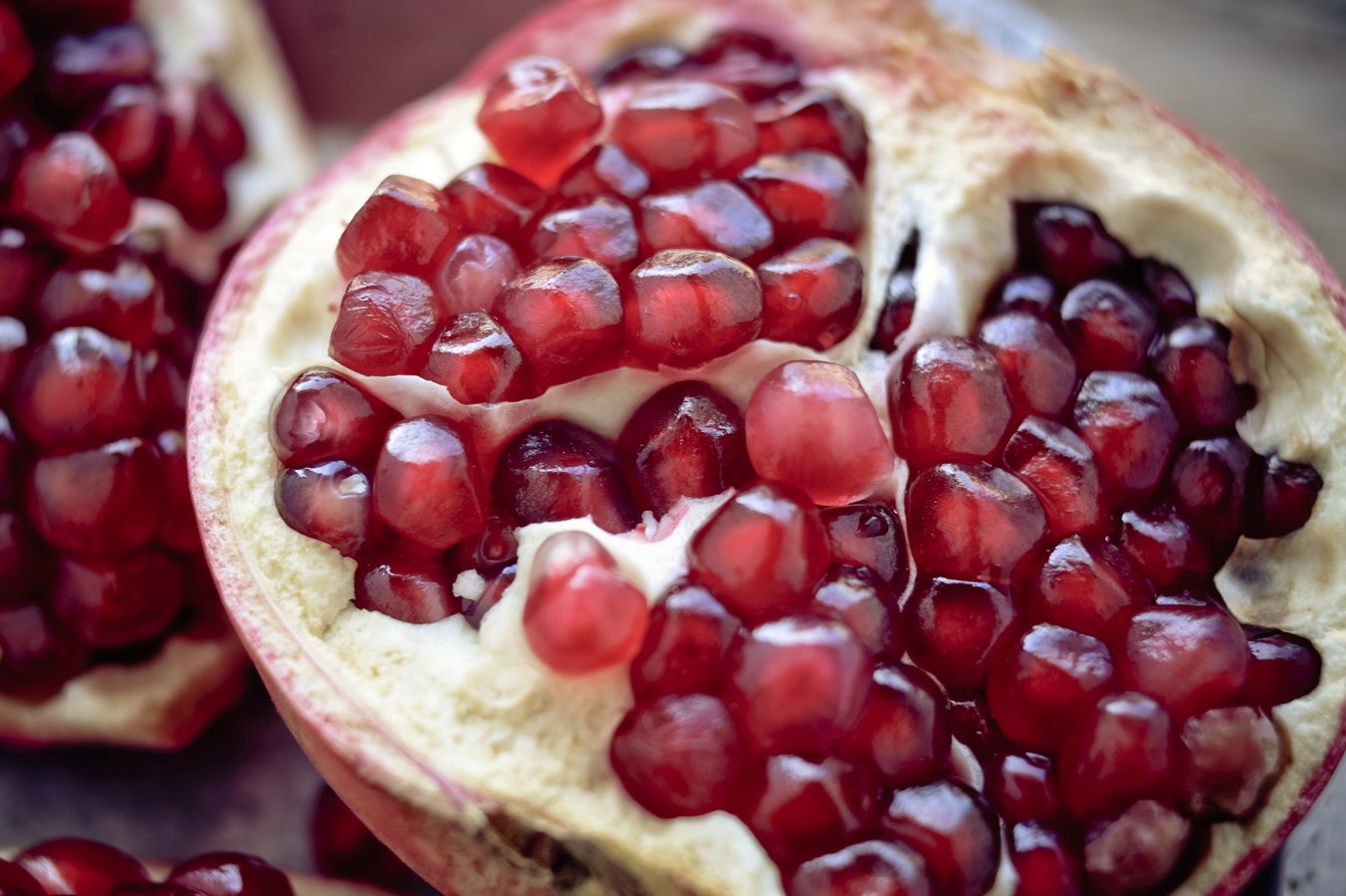
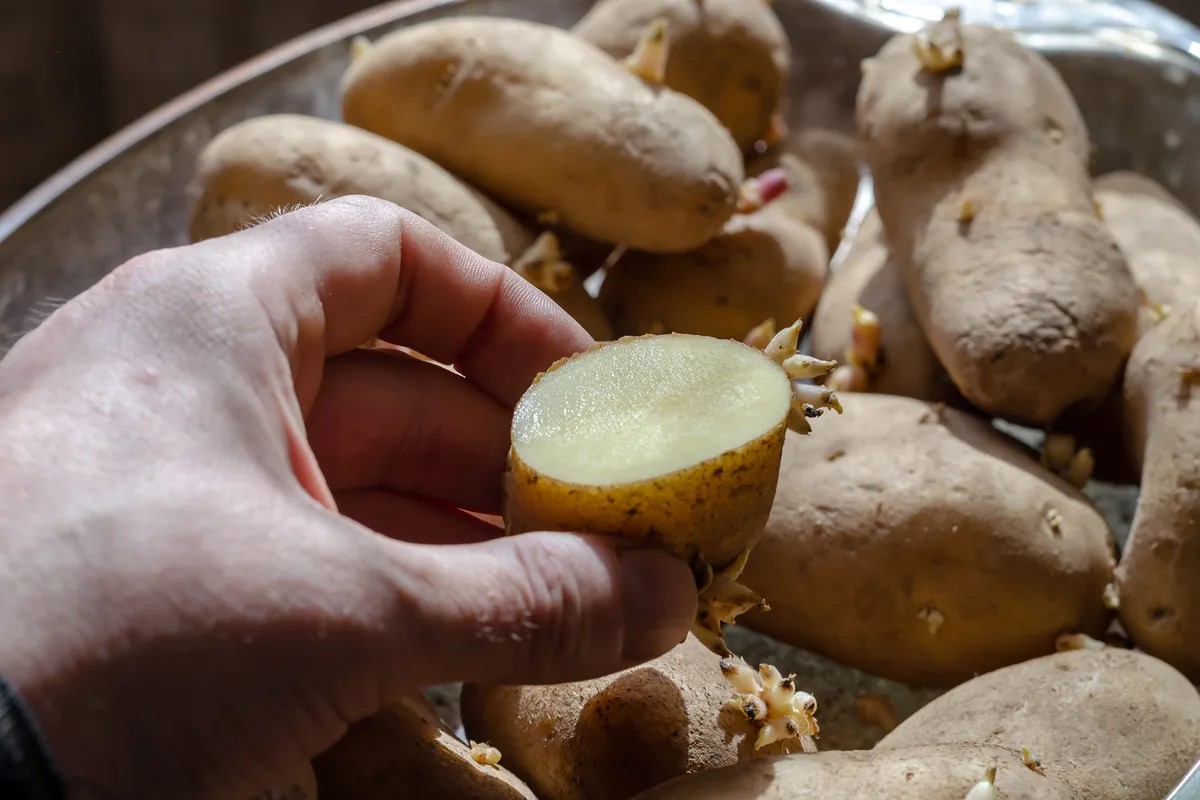

0 thoughts on “How Long Does A Seed Last”